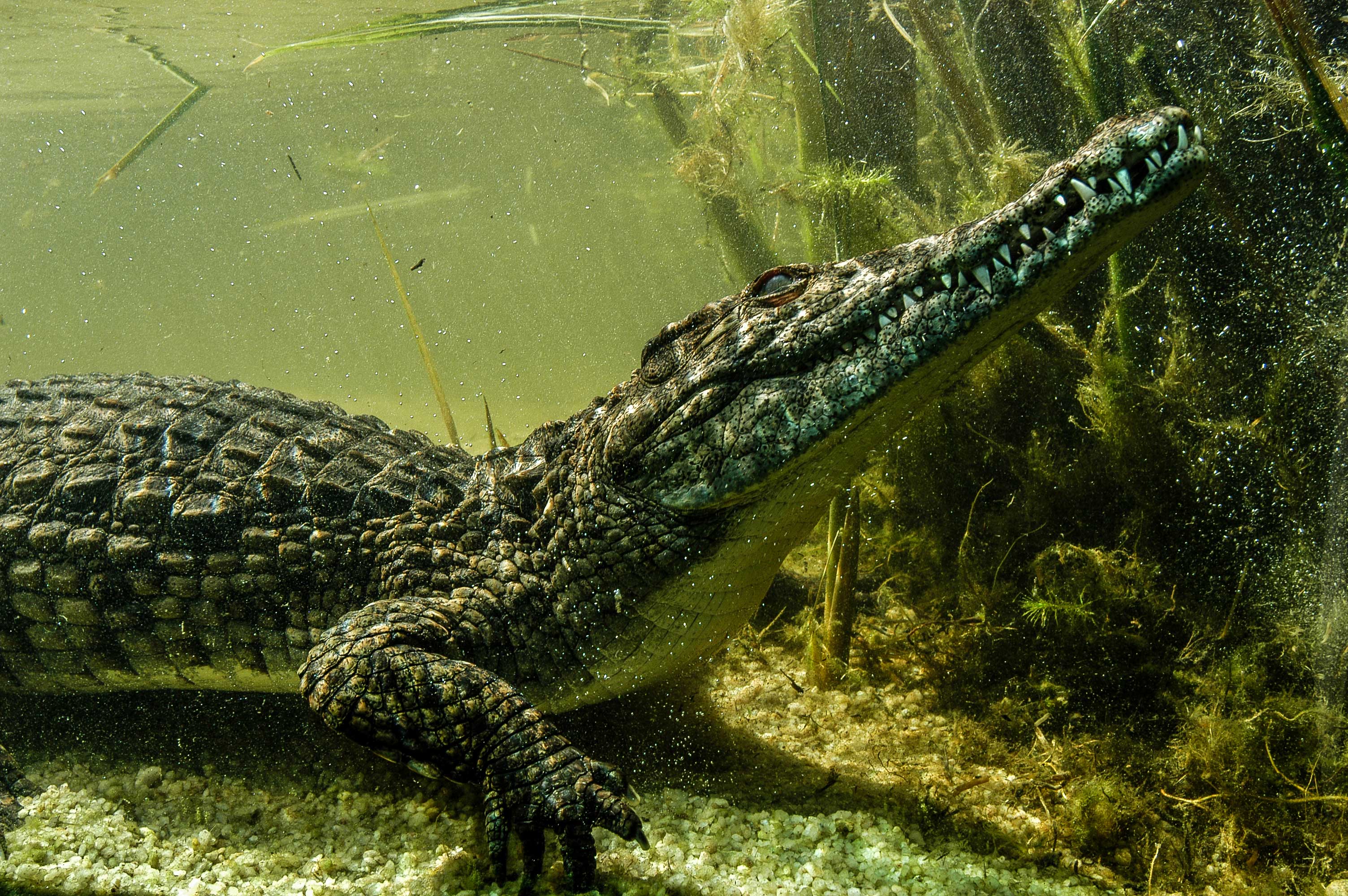
Echoes of the Wild: Unraveling the Mysteries of Africa's Untamed Heart
From lush grasslands to sparse deserts, from predatory sharks to giraffes and lions, Wild Nature's documentaries explore the wonders and dangers nature has to offer.
From lush grasslands to sparse deserts, from predatory sharks to giraffes and lions, Wild Nature's documentaries explores the wonders and the dangers nature has to offer.
In the diverse and vibrant ecosystem of the Singita region, numerous troops of Chacma baboons carve out their existence. Yet, among these numerous groups, the resident troop of Singita Lodge stands out as particularly fascinating. Observing their daily lives reveals a blend of playfulness and strategic survival that captivates both researchers and visitors alike. These baboons cavort in the treetops, play in the riverbeds, and take it easy, appearing to live a life of ease and abundance. The social dynamics within the troop are in constant flux. Alliances form and dissolve with regularity, and relationships between adults and youngsters can be tenuous. Despite the seemingly chaotic social structure, this troop thrives. The ample food supply on the ground and the safe refuge in the trees above provide an ideal environment for the baboons. Their ability to adapt and find security in their surroundings showcases their resilience and resourcefulness.
The Cape Buffalo has earned a formidable reputation as one of Africa’s most dangerous animals. Equipped with massive horns, thick hide, and an unpredictable temper, this bovine is not to be messed with. Lions, aside from humans, are the only predators daring enough to confront these beasts, yet even the king of the jungle approaches with caution. The true strength of the Cape Buffalo lies in the collective power of the herd. Together, they form an indomitable force that can fend off even the most persistent threats. Despite their might, Cape Buffalos are not invincible. Bovine tuberculosis is a lethal disease that threatens their populations, spreading not only among the buffalo but also to other ungulates and predators, particularly lions. This disease poses a significant threat to the balance of the ecosystem. However, due to conservational efforts, disease-free herds were bred, thus halting the spread of the fatal ailment. These initiatives were crucial at the time for maintaining the health of the buffalo populations and, by extension, the predators that depended on them.
Crocodiles, among Africa’s toughest and most fearsome creatures, command both respect and fear. Their thick, plated skin, formidable immune system, and bone-crushing jaws make them the apex predators of freshwater environments. Crocodiles are notorious for their stealthy ambush tactics at the water’s edge, making them formidable hunters. Yet, their adaptability extends to scavenging, as they are known to consume any carrion they find, regardless of size or decay. Beyond their fierce reputation as cold-blooded killers, crocodiles exhibit a surprisingly tender side as parents. After the mating ritual, the female crocodile meticulously tends to her eggs and fiercely protects her young once they hatch. During the vulnerable first months of their lives, baby crocodiles face numerous threats. The survival of the young brood largely depends on the mother’s vigilance and care. This duality of the crocodile’s nature, as both a relentless predator and a devoted parent, adds depth to our understanding of these ancient reptiles.
Conservation efforts are vital for preserving the delicate balance of nature. Initiatives such as breeding disease-free herds of Cape Buffalos and protecting the habitats of Chacma baboons and crocodiles are essential steps toward ensuring the survival of these species. These efforts require a deep understanding of the ecosystems and the interconnectedness of the species within them.
Raising awareness about the wonders and dangers of the natural world is equally important. Documentaries and educational programs, like Wild Nature, play a crucial role in educating the public about the importance of conservation. By showcasing the beauty and complexity of wildlife, these programs inspire a sense of responsibility and urgency in protecting our natural heritage.
The diverse and dynamic world of wild nature offers endless opportunities for discovery and admiration. From the playful yet strategic Chacma baboons of Singita Lodge to the formidable and resilient Cape Buffalos, and the fearsome yet devoted crocodiles, each species presents a unique glimpse into the complexity of the natural world. By understanding and appreciating these creatures, we can foster a deeper connection to the environment and a stronger commitment to conservation.
Preserving the wonders of wild nature is not only a responsibility but also a privilege. It is through the collective efforts of individuals, communities, and organizations that we can ensure the survival of all the incredible species worldwide and the ecosystems they inhabit. As we continue to explore and document the natural world, let us celebrate its beauty, recognize its fragility, and strive to protect it for future generations.
To watch this series, click here.
View more wildlife videos!